Improve Safety and Efficiency in Liquid Grab Sampling
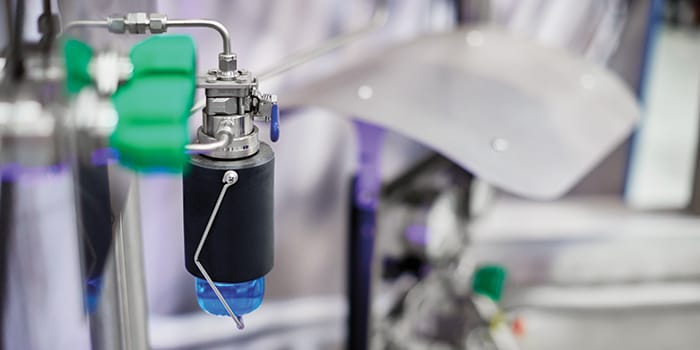
Achieve Safe, Efficient Liquid Grab Sampling with the Right System Design
Matt Dixon, Application Commercialization Manager, Swagelok
In chemical plants, refineries, and oil and gas facilities, grab sampling plays a crucial role in industrial fluid sampling operations. Also known as field sampling, spot sampling, or just sampling, grab sampling helps operators validate process conditions, ensuring the desired characteristics of the end product.
The methods for conducting grab sampling vary based on the process fluid. For instance, when sampling gases and volatile liquids, the sample must be collected in a sample cylinder to prevent gas or liquid escape and to protect operators from potential hazards.
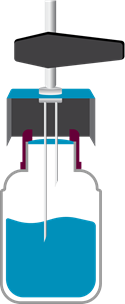
What Is Bottle Sampling?
During the sampling process, a representative fluid sample is drawn directly from a pipeline, tank, or system. Then, it is transported to a remote laboratory for analysis. To obtain the sample, a sampling panel will incorporate a sampling valve. This is a critical component necessary for operator safety, ease of sampling, consistent control of sample volume and efficiency.
The grab sampling process follows these steps:
- The bottle is inserted into the shroud of the grab sampling valve
- As the bottle is inserted, the rubber septum is pierced with two needles—one which fills the liquid and one which allows air to escape
- The operator opens the grab sampling valve, allowing liquid to fill the bottle
- When the bottle is filled to the appropriate level, the valve is closed, and the sample bottle is removed
Bottle Sampling Challenges
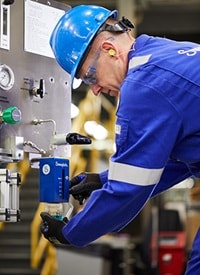
But while the use of a replaceable needle assembly allows for easier maintenance, it can also introduce a new set of challenges. That’s because the rubber O-rings used in most replaceable needle assemblies can harden or degrade over time, leading to leaks in the fluid system. This issue not only requires further system maintenance—but also exposes operators and the environment to process fluids.
How Grab Sampling Valve Design Can Improve Performance
In an effort to overcome the challenges associated with standard bottle sampling panels, some suppliers have developed new products for liquid grab sampling. These options include sampling valves designed to help facilities improve operator safety and reduce fluid system maintenance while enhancing sample accuracy.
With a tube fitting connection, the needle assembly is swaged to the valve body—creating a leak-tight, metal-to-metal seal.
When selecting and specifying your grab sampling systems, be discerning in the features you’re seeking. For example, a replaceable needle assembly that is attached to the valve body using a tube fitting can provide several advantages over grab sampling valves that use rubber O-rings. With a tube fitting connection, the needle assembly is swaged to the valve body—creating a leak-tight, metal-to-metal seal in two places. Additionally, unlike rubber O-rings, the tube fitting is compatible with a broad range of chemicals and temperatures. This leak-tight design can protect operators and the environment by reducing exposure to process fluids.
Other features to look for might include:
Intentional needle design. Most grab sampling valves use a lancet-point needle. This design can core the bottle septum, resulting in clogged needles or leaking sample bottles. By contrast, a pencil-point needle design can pierce the septum without coring it, reducing clogs or leaks.
- Customizable shrouds. A variety of shroud options are available to match a facility’s existing sample bottles. For nonstandard sample bottles, look for custom shrouds from your manufacturer to suit your needs.
- Spring-return handles. When the grab sampling valve is specified with a spring-return handle, the valve automatically moves to the closed position when the handle is released.
- Elastomer-free design. The elimination of rubber O-rings can help reduce a facility’s maintenance parts inventory in addition to minimizing the potential for system leaks.
If you are looking to enhance your grab sampling processes, seeking out features like these can be a good way to start. Well-designed systems can help enhance plant safety by reducing the potential for operator exposure to process fluids, while reducing the time spent on fluid system maintenance.
Interested in learning more about optimizing your sampling processes? Swagelok’s team of fluid system engineers are always happy to share our knowledge with professionals like you. Explore Swagelok Reference Point for additional insights on how to improve your operations or get in touch with our teams to learn more.
Related Articles
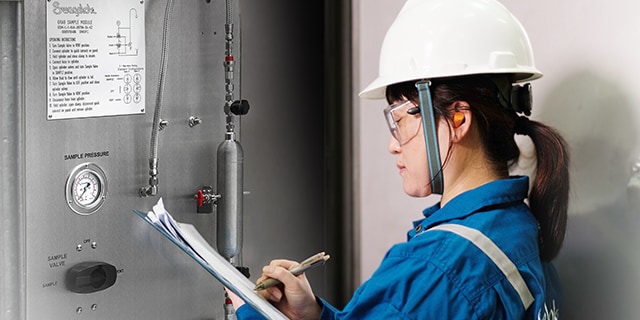
Tips for Safe, Accurate Gas Grab Sampling
Read about common challenges associated with volatile liquid and gas grab sampling and learn to overcome them by using the right techniques and appropriate equipment.
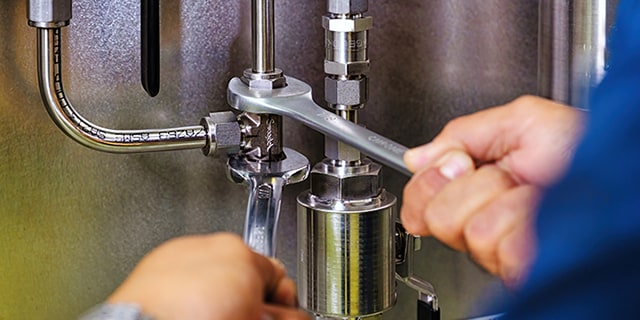
Why You Should Not Intermix Tube Fittings
Learn why intermixing or interchanging tube fitting components from different manufacturers can lead to poor fluid system performance.
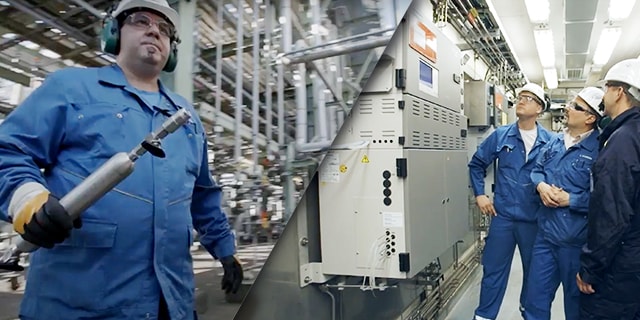
Analyzing Your Sampling Needs
Trying to determine whether grab sampling or online analysis is the best option to monitor your process conditions? We put together a convenient checklist to help guide you to a solution that suits your operations.

